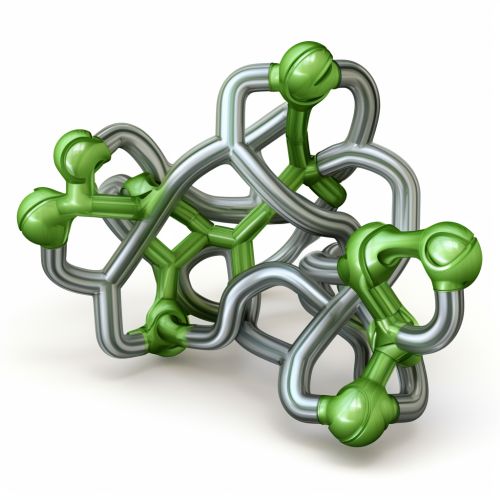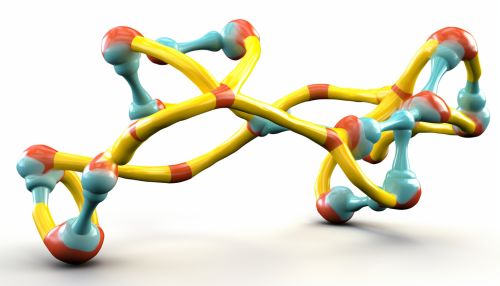TRNA
Introduction
Transfer RNA (tRNA) is a type of ribonucleic acid that plays a crucial role in the process of protein synthesis. It functions as an adaptor molecule in the cell, translating the genetic code from messenger RNA (mRNA) into amino acids to build proteins.
Structure
tRNA molecules are relatively small, typically comprising 73 to 93 nucleotides. They have a complex three-dimensional structure that includes several distinctive features. The primary structure of tRNA is a single-stranded RNA molecule, which folds into a secondary structure known as the "cloverleaf" due to its distinctive shape. The cloverleaf structure further folds into a tertiary structure, forming a characteristic "L" shape.


Function
tRNA molecules perform two main functions during protein synthesis. First, they carry amino acids to the ribosome, the cellular machinery where proteins are synthesized. Second, they decode the genetic information in the mRNA molecule, ensuring that the correct amino acids are incorporated into the growing protein chain.
Types of tRNA
There are many different types of tRNA molecules, each corresponding to a specific amino acid. The type of tRNA is determined by its anticodon, a sequence of three nucleotides that can pair with a complementary codon on the mRNA molecule.
tRNA Synthesis and Processing
tRNA molecules are synthesized by RNA polymerase III, a type of enzyme that transcribes DNA into RNA. After transcription, the tRNA molecule undergoes several processing steps, including the addition of a CCA sequence at its 3' end and the removal of introns.
tRNA in Disease and Medicine
Alterations in tRNA molecules or the enzymes that process them can lead to various diseases, including mitochondrial diseases and neurodegenerative diseases. Moreover, tRNA molecules are also being explored as potential therapeutic targets in various medical conditions.
